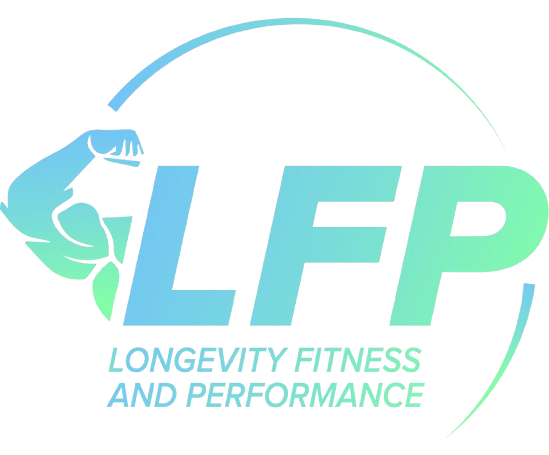How to maximise muscle hypertrophy (growth) with your training
There are many methods and ways which gym bros, athletes, bodybuilders and average Joe’s do to achieve muscle growth in the gym. There is no one right or wrong way, but let’s explore the underlying principles and mechanisms of muscle hypertrophy. If you’ve read my training principles 101 guide, you will know the principles underpinning effective training in the gym. This article further expands on this by explaining the specifics of training for muscle growth.
There are three main known mechanisms which contribute to muscle hypertrophy. The most important one is mechanical tension and this is what will go through first. Mechanical tension is the primary driver of muscle hypertrophy and it is essentially the tension placed upon our muscles when it produces force against resistance. This tension triggers muscle growth signalling pathways. There are a number of ways to improve this, the most obvious way is progressive overload, which essentially means when increasing the weight slowly week by week, thereby increasing the tension on the muscles. We can also slowly accumulate volume and this will increase mechanical tension as well.
The next mechanism I want to talk about is metabolic stress created when we create metabolically stressful environments and we do this by training with very high reps, low rest periods and getting a massive pump. This creates metabolic byproducts in the muscle and these byproducts lead to muscle hypertrophy signalling. It is great for adding volume to your training without overloading your joints and is useful for recruiting more muscle fibres as you fatigue more and more. That being said, mechanical tension is still more important.
The last mechanism I’d like to talk about is muscle damage, so muscle damage has historically been known for being important for muscle growth. But what we have now realised is that it’s not necessarily the goal in and of itself, more so it is the byproduct of training hard. And too much muscle damage can impair workouts. You will also become less sore over time as your body adapts to the training. So in that case, you shouldn’t really be chasing muscle damage and soreness and it is not necessarily an indicator of a good workout.
Now let’s talk about rep ranges and training to failure. Rep ranges aren’t as important as you might think, as you can achieve muscle hypertrophy with a wide range of rep ranges. Anywhere between 5 and 30 reps seems to be effective, but the most important thing is to take these sets to failure, as training close to or to failure itself will ensure that you are recruiting as many muscle fibres as possible. As you fatigue, more and different muscle fibres will be recruited.
In terms of the low rep ranges, this means heavy loading. Heavy loading is more taxing on the joints and requires more sets to achieve comparable hypertrophy as compared to moderate loads. The practicality of this means that it’s going to be more time consuming and obviously can be more taxing on your body.
When training in higher rep ranges sets and lighter loads, they require a lot more reps to get an effective training stimulus, which means more time spent training, which can lead to boredom and/or discomfort from them build up of metabolic byproducts, and might cause you to stop the set short before achieving the optimal training stimulus.
As mentioned previously, there is no one singular best way to train. Higher or lower volume approaches can work and you’ve got to keep in mind there’s also a volume versus intensity trade-off so the higher the volume the harder it is to have a high intensity as well without burning yourself out. With all of this in mind, moderate loads may be more efficient to achieve hypertrophy so anywhere between 6 to 15 reps, 3 to 4 sets is very effective.
We also want to keep in mind that it’s important to train in full ranges of motion as this is generally more effective for muscle hypertrophy. With a caveat to this being that lengthened partials may be as effective as regular full range of motion lifts. There can be particular uses for shorter range of motion training, and this can include a partial drop set after completing your full range of motion reps, training around an injury, and/or utilising exercises with high tension in a stretched position. To not over complicate it, opt to train in a full range of motion for most exercises and you will be fine.
To summarise, the most important mechanism for muscle growth is mechanical tension. And if you are progressively overloading i.e. gradually your load on the bar or volume over time, training with full range of motion, and training close to failure, then you should be maximising your training. Of course, training is only a piece of the puzzle to getting great results in the gym. You must also have your nutrition dialled in, and also your recovery. If you’re not eating right to fuel your training and support muscle growth, and if you’re not recovering properly from your training and day to day stressors, you are going to be spinning your wheels and getting suboptimal results.
I hope you’ve enjoyed this article, and I’d be keen to hear how you went with applying the advice and happy to answer any questions you might have.



